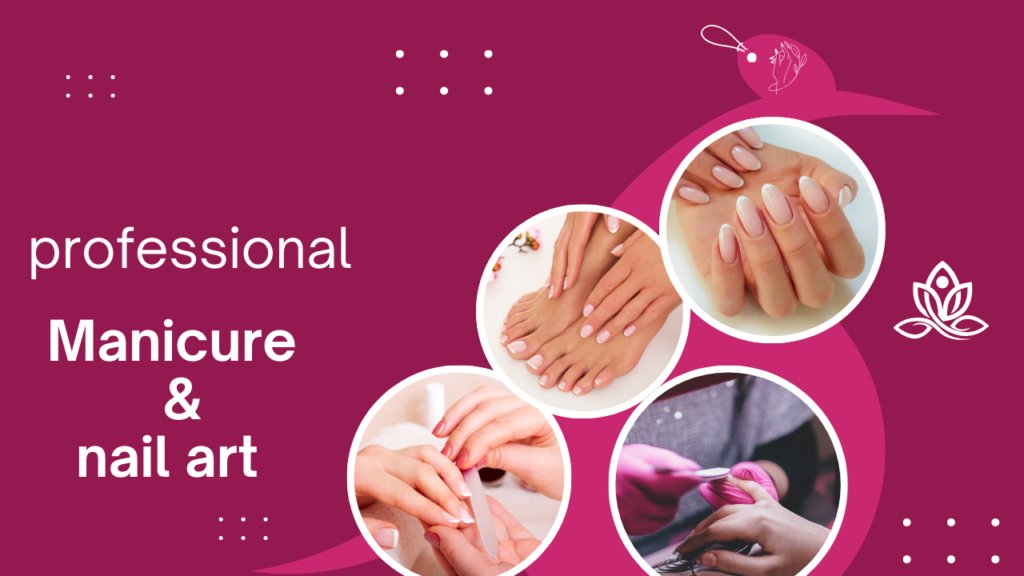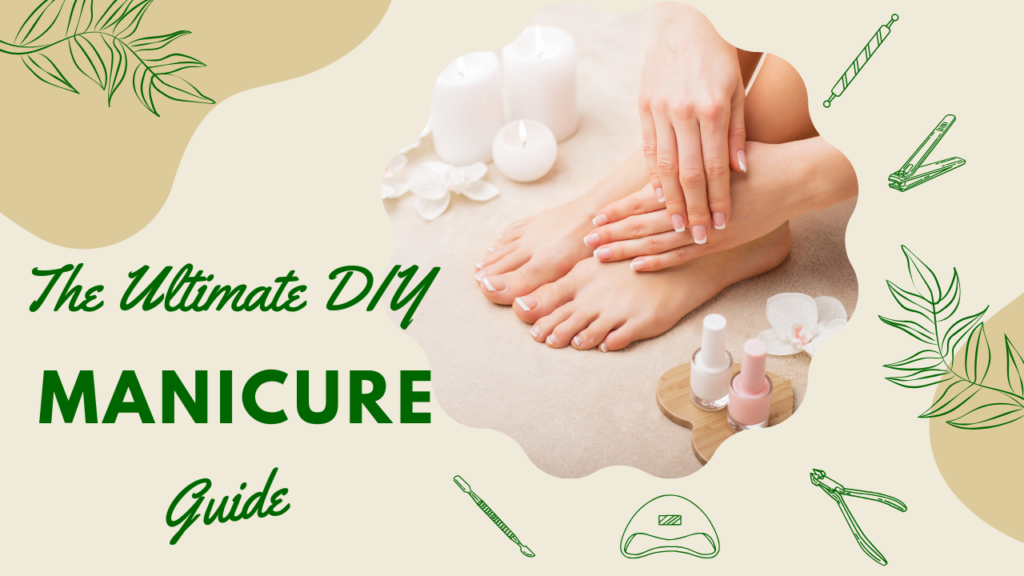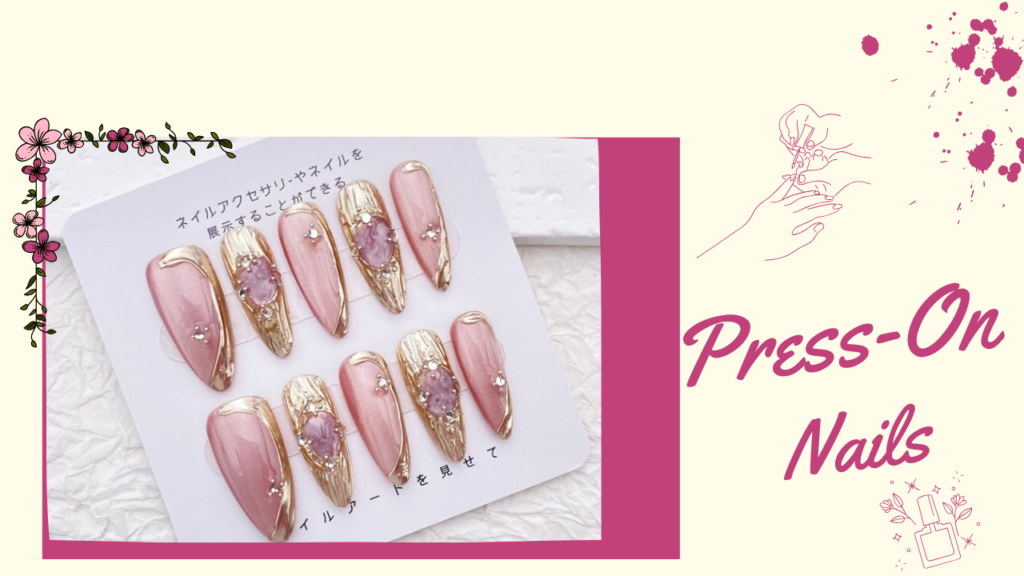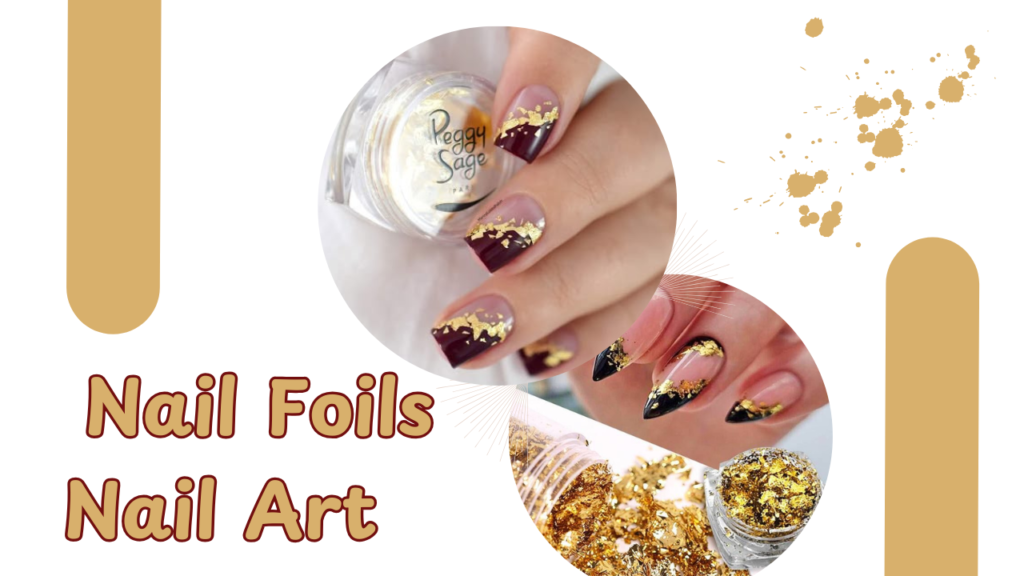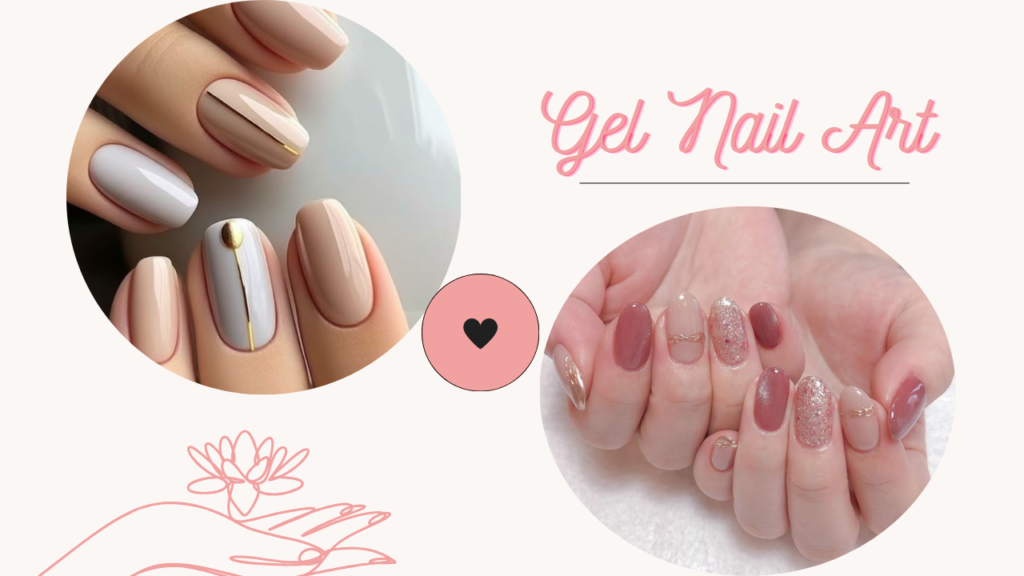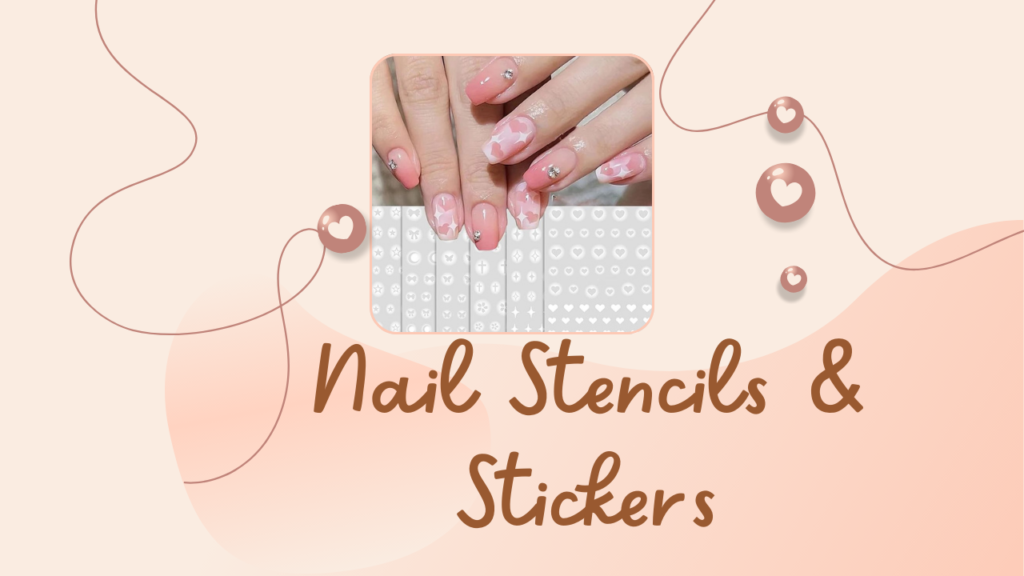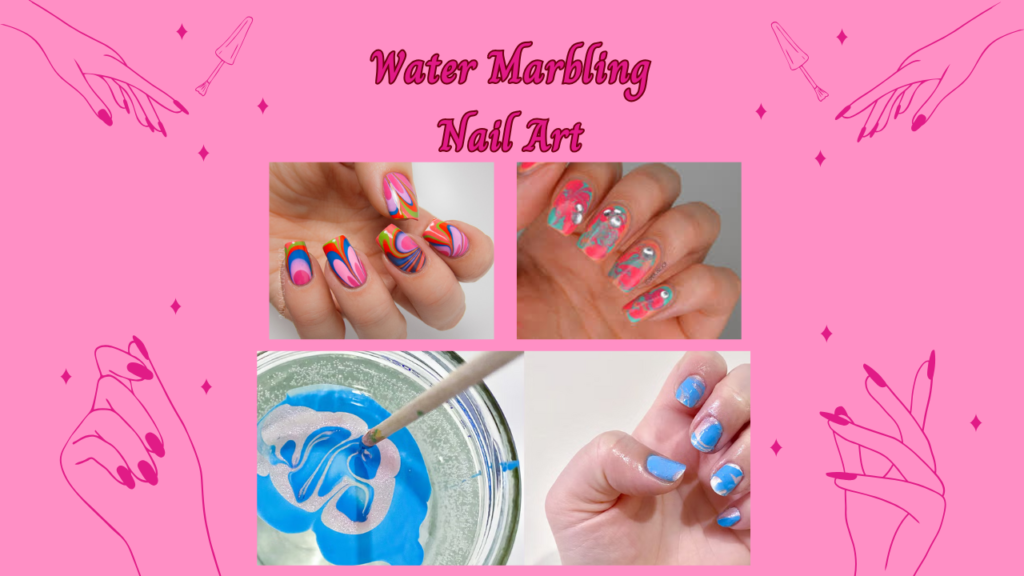Professional Manicure Guide: Step-by-Step for Salon-Worthy Nails
Achieving a salon-quality manicure at home is easier than you might think. With the right tools, a little patience, and following the right steps, you can achieve flawless nails without leaving your house. This step-by-step guide will walk you through everything from using a manicure tub for soaking, to incorporating a nail drill kit for precision shaping, and even using a UV lamp for gel polish. Let’s dive in! What You’ll Need: Before starting your at-home manicure, gather the following tools and products: Nail polish remover Cotton pads Nail clippers Glass or crystal nail file Cuticle pusher or orangewood stick Cuticle oil Hand scrub or exfoliator Manicure tub (for soaking) Base coat Nail polish (your choice of color) Top coat Electric nail drill kit with various bits Drill bits: cuticle bit, sanding band, shaping bit, etc. Hand towels or cotton pads Hand moisturizer and cuticle oil Optional: Nail buffer, UV/LED lamp, and nail gel polish (for gel manicures) Step 1: Remove Old Nail Polish Start with a clean slate by removing any old nail polish. Use nail polish remover and soak a cotton pad. Gently wipe away any traces of polish, ensuring your nails are ready for a fresh coat. Tip: Non-acetone removers are gentler and less drying for your nails, especially if you have weak or brittle nails. Step 2: Clean and Exfoliate Your Hands Cleaning and exfoliating your hands is essential for healthy nails. Wash your hands thoroughly with a gentle hand soap like CeraVe Hydrating Cleanser to remove dirt and oil. Exfoliate your hands with a hand scrub like The Body Shop Mango Body Scrub to remove dead skin cells, leaving your skin smooth. Soak your hands in a manicure tub filled with warm, soapy water for 5-10 minutes. You can add a little cuticle softener to the water or use Lush Lemon Flutter Cuticle Butter to soften and hydrate your cuticles. Tip: A manicure tub is great for relaxing your hands and nails, mimicking a salon experience at home. This step helps soften the cuticles for easier pushing back later. Step 3: Trim and Shape Your Nails Now that your hands are clean and soft, it’s time to trim and shape your nails. Trim your nails using sharp nail clippers to the desired length. Cut them straight across to avoid ingrown nails. File your nails with a glass nail file (or crystal file). Shape them according to your preference—square, oval, or almond. Tip: Always file in one direction to avoid damaging the nail’s edges. Glass files are gentler on nails than metal files. Step 4: Use a Nail Drill Kit (Step for Precision Shaping and Cuticle Work) The nail drill kit helps you achieve precise shaping and smooth out your nails and cuticles, similar to a professional salon manicure. It’s especially useful for cleaning and refining your nail edges. Attach the correct drill bit: Use the sanding band for smoothing the surface of the nail, the cuticle bit for cleaning up around the cuticles, and a shaping bit to refine the nail edges. Start with a low speed: Gently run the drill around the cuticle area to push back the cuticles and remove excess skin. Shape your nails with the sanding band or shaping bit to smooth any rough edges or uneven surfaces. Tip: Be sure to use the lowest speed when starting, and gradually increase the speed as you get more comfortable with the tool. Always keep the drill moving to avoid applying too much pressure to one spot. Step 5: Push Back Cuticles After using the drill for precision work, it’s time to finish up your cuticle care. Apply a cuticle remover like Sally Hansen Instant Cuticle Remover to soften the cuticles. Gently push back your cuticles with a cuticle pusher or orangewood stick. Be careful not to push too hard to avoid irritation or injury. Tip: Never cut your cuticles as it may lead to infections or hangnails. Push them back gently and moisturize them with cuticle oil. Step 6: Buff and Smooth Nails (Optional) If you want a smooth, shiny nail surface, buff your nails gently. Buff the surface of your nails using a nail buffer. Buffing smooths out ridges and gives your nails a natural shine. Be sure to buff gently so as not to weaken the nail. Tip: Buffing is optional, but it helps create a smooth surface for nail polish, ensuring a long-lasting, flawless finish. Step 7: Apply Base Coat The base coat is essential for protecting your nails from staining and giving the polish something to adhere to. Apply a thin layer of base coat such as OPI Nail Envy. Allow the base coat to dry completely before moving on to the color. Tip: Be sure to cover the tips of your nails with the base coat to prevent premature chipping. Step 8: Apply Nail Color This is where the fun begins! Choose your favorite nail polish color. Apply the first coat of polish, using smooth strokes. Start in the center of the nail and work your way to the sides. Let the first coat dry before applying a second coat for full coverage and opacity. Tip: Always allow each coat to dry completely before applying the next to avoid smudging and streaking. Step 9: Apply Top Coat The top coat seals in your color, adds shine, and helps prevent chipping. Apply a generous layer of top coat like Sally Hansen Mega Shine or Seche Vite to give your nails a glossy, professional finish. Be sure to seal the tips of your nails with the top coat to prevent chipping. Tip: If you’re in a rush, use a quick-dry top coat to speed up the drying process. Step 10: Dry with UV Lamp (For Gel Polish) If you’re using gel polish for a longer-lasting finish, you’ll need a UV/LED lamp to cure the polish. After applying your gel base coat, gel color, and top coat, place your nails under a UV/LED lamp for the recommended curing time

